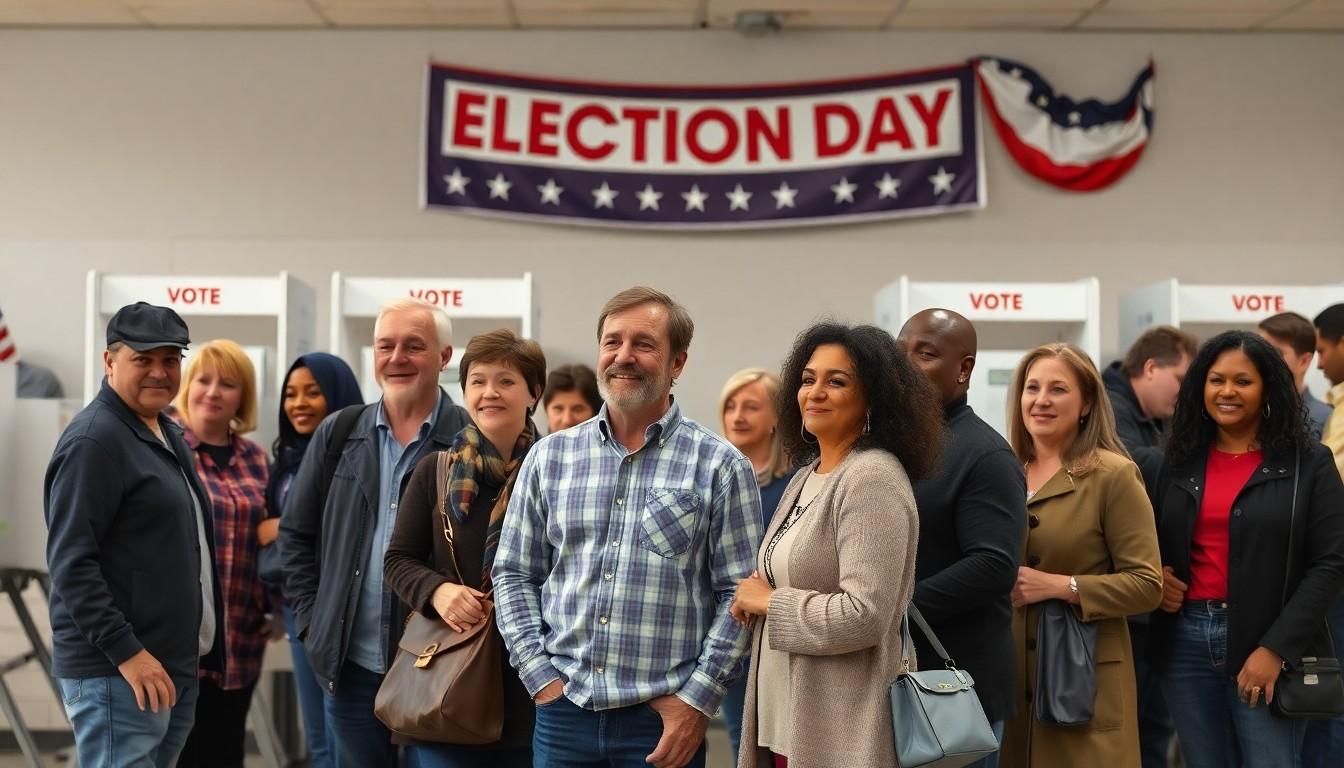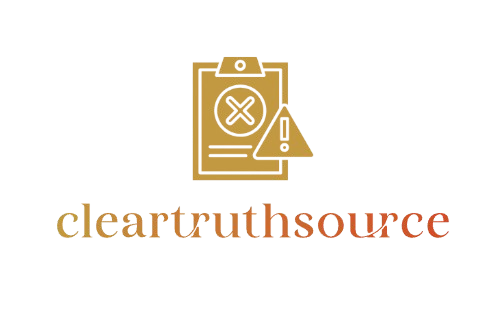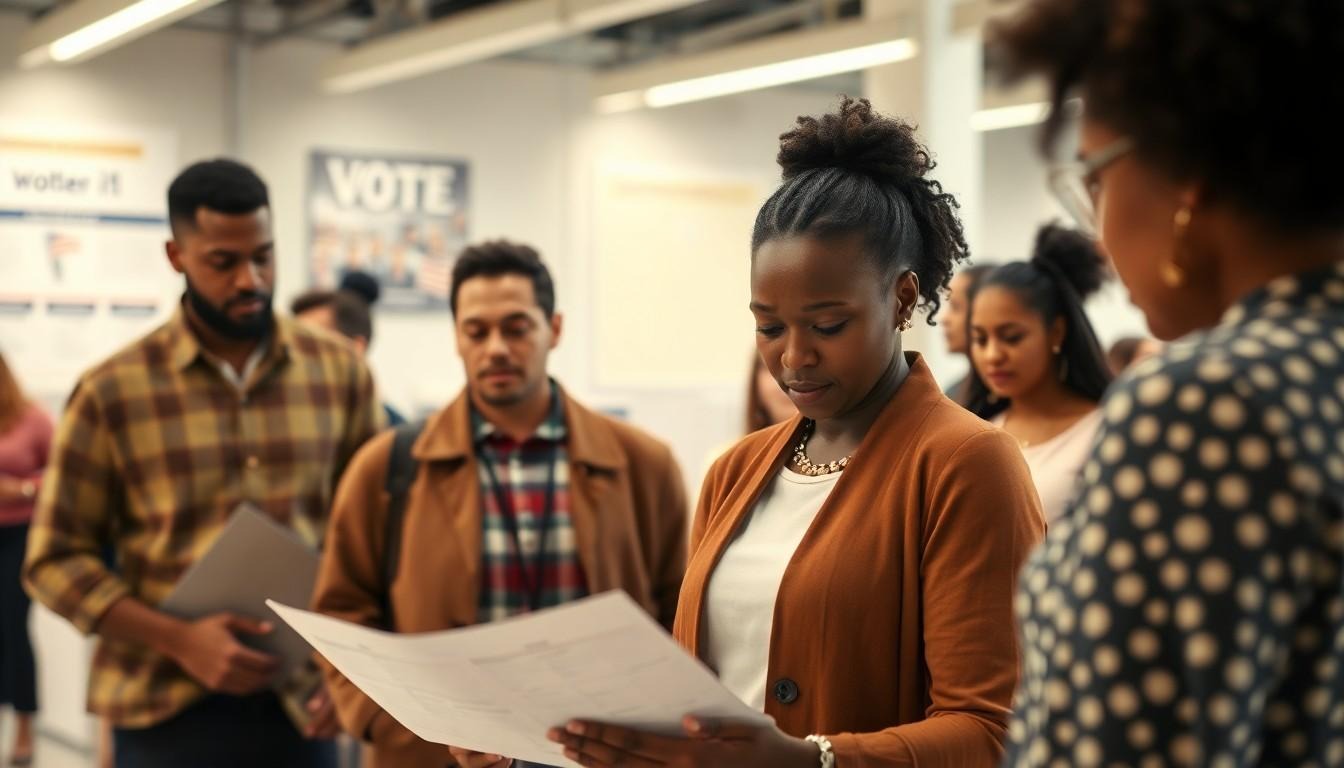In a world where everyone seems to have an opinion about everything, public opinion polls are like the GPS for navigating the maze of societal thoughts. They help decode the collective voice of the people, giving insight into what’s hot and what’s not. Whether it’s about the latest celebrity scandal or the next presidential candidate, these polls capture the pulse of the public, often revealing surprising trends that even the most seasoned pundits might miss.
Imagine trying to figure out if pineapple belongs on pizza without a poll—chaos would ensue! Public opinion polls not only provide clarity but also spark conversations that can lead to change. So buckle up as we dive into the fascinating world of public opinion polls, where numbers tell stories and opinions take center stage.
Public Opinion Polls
Public opinion polls serve as essential tools for gauging societal sentiments. They provide insights that drive discussions and influence decisions across various domains.
Definition and Purpose
Public opinion polls are systematic surveys that measure attitudes, beliefs, and preferences among a population. These polls assess voter intentions, gauge public response to policy proposals, and explore attitudes about social issues. By collecting data through methods like surveys or questionnaires, polls achieve precision in understanding collective sentiment. Organizations, government entities, and researchers utilize these insights to inform strategies and assess public needs. Ultimately, such tools guide decision-making processes in both public and private sectors.
History of Public Opinion Polling
The practice of public opinion polling dates back to the early 20th century. The first scientific poll emerged in 1936 during a presidential election when George Gallup employed statistical techniques to predict voting outcomes. Gallup’s methodology changed the landscape of political campaigning by emphasizing data-driven insights. Over decades, the sophistication of polling evolved, incorporating advancements in technology and statistics. By the 21st century, online surveys became common, allowing instant feedback from diverse demographic groups. Today, public opinion polls occupy a crucial role in shaping political discourse and informing policy decisions.
Types of Public Opinion Polls

Public opinion polls come in various formats to gather insights effectively. Two common types include standard surveys and exit polls.
Standard Surveys
Standard surveys systematically collect data through questionnaires on both political and social topics. These polls typically engage a random sample of respondents, ensuring representative insights into public attitudes. Organizations often conduct them prior to elections to understand voter preferences. Many utilize telephone interviews or online platforms for efficiency. Results from standard surveys inform campaign strategies and policy discussions, emphasizing the critical need for accurate questions to reflect genuine beliefs.
Exit Polls
Exit polls capture voter sentiments immediately after casting ballots on Election Day. Pollsters position themselves near polling places to gather data from participants about their choices. This method helps predict election outcomes and analyze voter demographics. Within hours, results from exit polls can provide insights into trends and shifts in voter preferences. Analysts rely on these polls for understanding political dynamics and informing stakeholders about voting behavior. Accurate execution of exit polls strengthens their reliability and helps shape post-election narratives.
Methodologies Used In Public Opinion Polls
Public opinion polls employ various methodologies to accurately capture the sentiments of a population. Two primary components essential for their effectiveness are sampling techniques and question design.
Sampling Techniques
Sampling techniques form the foundation of effective public opinion polling. Random sampling ensures representation by selecting participants from the entire population, reducing bias. Stratified sampling segments the population into distinct groups, such as age or income levels, ensuring all sections are appropriately represented. Convenience sampling can offer quick insights, though it often lacks generalizability. Researchers often aim for a minimum sample size of 1,000 respondents to enhance result accuracy. The method chosen directly influences the reliability of insights gathered from the polls.
Question Design
Question design plays a critical role in shaping poll results. Clarity is vital; questions must be straightforward to avoid misinterpretation. Leading questions should be avoided, as they can skew the responses. Closed-ended questions allow for quantifiable data, while open-ended questions provide richer qualitative insights. Researchers often pre-test questions to assess their effectiveness. Properly crafted questions can capture nuanced opinions, making them essential for understanding public sentiment accurately.
Importance Of Public Opinion Polls
Public opinion polls serve as vital tools in understanding societal attitudes and preferences. Their insights significantly impact various sectors, particularly in shaping policies and electoral strategies.
Influence on Policy Making
Public opinion polls directly influence policy decisions by gauging citizens’ needs and expectations. Policymakers refer to these surveys to align their initiatives with public sentiment. When a majority expresses concern about an issue, decision-makers often prioritize addressing it in legislative agendas. Moreover, polls provide measurable data that can validate or challenge existing policies. Reliable polling can empower advocacy groups, helping them articulate issues effectively and mobilize support. Additionally, public feedback on policy proposals can initiate necessary adjustments before implementation. Understanding public opinion creates a feedback loop where citizens feel their voices matter in the legislative process.
Role in Elections
Elections heavily rely on public opinion polls to gauge voter preferences and behaviors. Candidates analyze these surveys to craft focused campaign strategies. Strategically, polls reveal which issues resonate with constituents, helping candidates prioritize their messaging. As Election Day approaches, tracking polling data can inform campaign adjustments in real-time. Exit polls are also crucial; they offer instant insights into voter demographics and sentiments based on how individuals voted. Collectively, this information shapes electoral narratives and influences post-election analyses. Public opinion reflects the changing landscape of voter priorities, making it an essential component of successful election campaigns.
Challenges and Limitations
Public opinion polls face several challenges and limitations that can affect their effectiveness.
Sampling Bias
Sampling bias occurs when the selected sample doesn’t accurately represent the entire population. This discrepancy can lead to skewed results. When certain demographics are underrepresented, poll outcomes may reflect the views of only a portion of the population. Polling organizations often utilize random sampling to mitigate this risk. However, factors like geographic location, socioeconomic status, and age can influence representation. Standard practices recommend a minimum sample size of 1,000 respondents to enhance accuracy. Inaccurate sampling can lead to misleading interpretations when analyzing the data.
Misinterpretation of Results
Misinterpretation of results frequently happens due to the complexity of data analysis. Laypersons might misunderstand polling numbers, mistaking correlation for causation. Question framing also contributes to potential misunderstandings. Pollsters must ensure clarity and neutrality in question design. Even slight changes in wording can lead to drastically different outcomes. Additionally, oversimplification of results can lead to misguided conclusions about public sentiment. As such, pollsters must communicate findings clearly to avoid confusion and maintain transparency.

